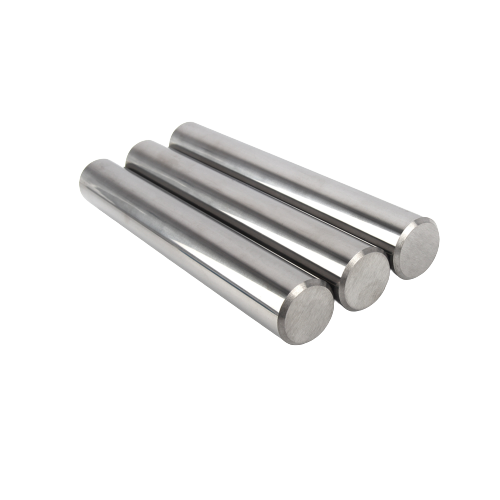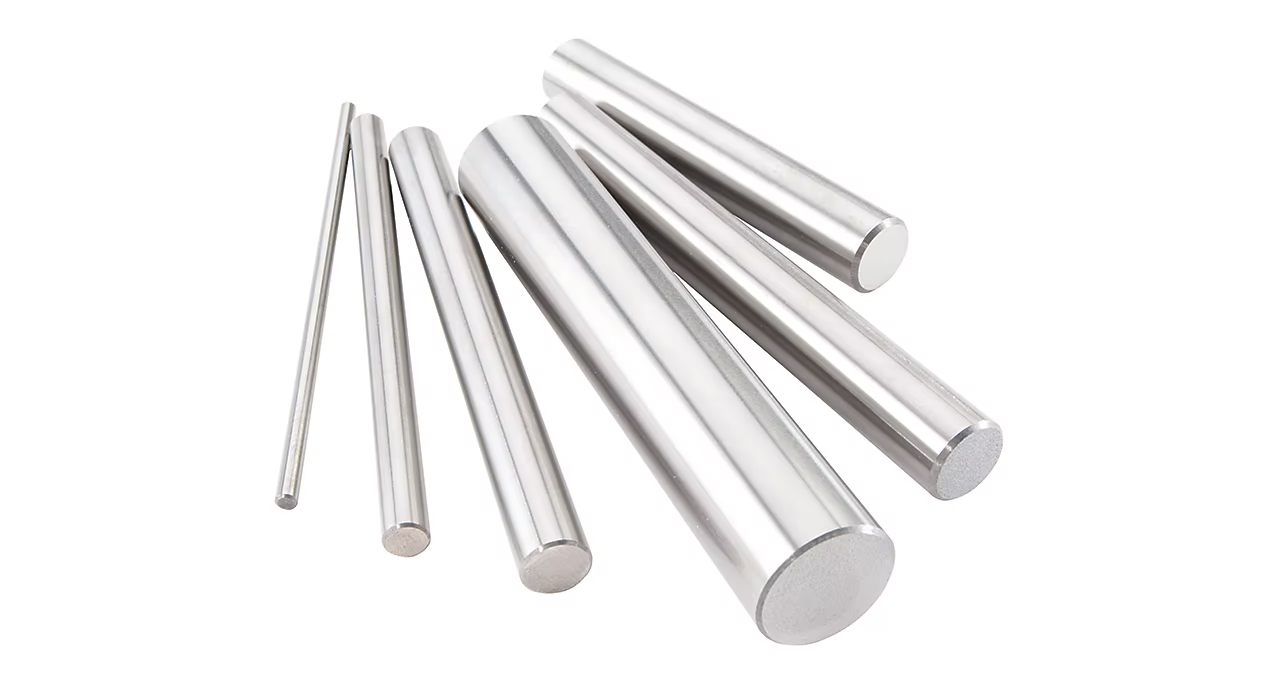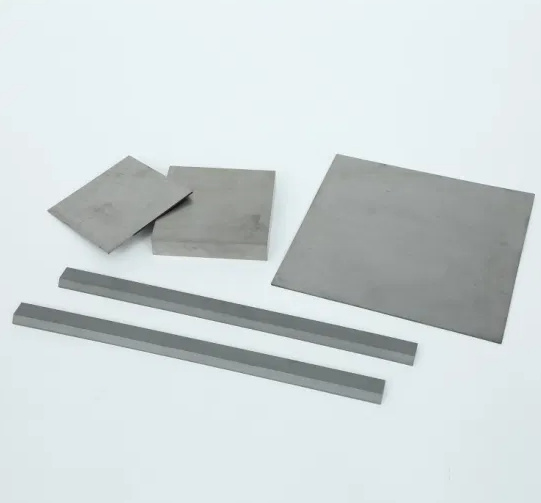超硬エンドミル 超硬エンドミルは、精密加工の縁の下の力持ちで、金属をまるでバターを溶かすナイフのように切り裂きます。金属加工の複雑なディテールに感嘆したことがあるなら、超硬エンドミルが主役だった可能性があります。しかし、超硬エンドミルの何がそんなに優れているのでしょうか?超硬エンドミルの構成や種類、用途、製造工程など、超硬エンドミルについて詳しく解説します。このガイドは、超硬エンドミルを選択する際に、情報を提供するだけでなく、より良い選択ができるようにします。
超硬エンドミルとは?
超硬エンドミルは、主にCNC(コンピュータ数値制御)加工で使用される切削工具です。耐久性と耐熱性で知られるタングステンカーバイドで構成され、しばしばコバルトや他の金属と組み合わせて性能を向上させる。精密で鋭く、なくてはならないものです。
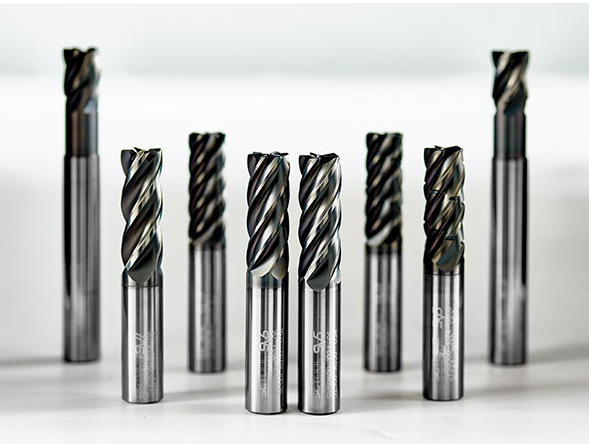
超硬エンドミルの種類
超硬エンドミルの主な種類とそれぞれの用途を表にまとめました:
| 超硬エンドミルの種類 | 説明 | 主な使用例 |
|---|---|---|
| スクエアエンドミル | 鋭角にカットするための平らな端。 | スロット加工、プランジ加工、プロファイル加工。 |
| ボールノーズエンドミル | 滑らかなカーブと輪郭のための丸みを帯びた端部。 | 3D輪郭加工、金型製作、金型加工。 |
| コーナーラジアスエンドミル | スクエアエンドミルに似ているが、角が丸い。 | エッジ加工時の耐久性を向上。 |
| 荒加工用エンドミル | 鋸歯状の刃先により、材料を素早く除去。 | 重切削、大量の材料除去。 |
| 仕上げ用エンドミル | 洗練された表面仕上げのための滑らかな刃先。 | 高品質の表面を得るための最終パス。 |
| テーパーエンドミル | 深いカットと複雑なディテールのための円錐形。 | 深い金型やキャビティの加工。 |
| スレッド・ミルズ | 内ねじ切り専用。 | 高硬度材の精密ねじ切り。 |
| 一枚刃エンドミル | 最大限の切りくず処理を可能にする1枚刃。 | プラスチックやアルミニウムのような柔らかい素材。 |
| 多刃エンドミル | より滑らかな仕上げのための複数のカッティングエッジ。 | 精密なカットを必要とする硬い素材。 |
| コーティングエンドミル | 耐久性を高めるためにTiAlNやDLCなどの材料でコーティングされたエンドミル。 | 工具寿命を向上させた高速加工。 |
の原材料と成分分析 超硬エンドミル
超硬エンドミルは、主に炭化タングステン粉末から作られており、靭性と耐熱性を兼ね備えた素材です。一般的に超硬エンドミルに使用される材料は以下の通りです:
- 炭化タングステン粉:主構造を形成し、硬度と耐摩耗性を提供する。
- コバルト:バインダーとして働き、強靭性を高める。
- 炭化チタン:耐熱性を向上させる。
- タンタルまたはニオブ:高温での強度を高める。
この独自のブレンドにより、超硬エンドミルは、特に過酷な環境において、高速度鋼(HSS)工具よりも優れた性能を発揮します。
超硬エンドミルの用途
| 産業 | 具体的な用途 |
|---|---|
| 航空宇宙 | チタン合金を切削し、軽量かつ強靭な部品を実現。 |
| 自動車 | エンジン部品や精密歯車を製造。 |
| メディカル | 手術器具や補綴物の加工。 |
| エレクトロニクス | 半導体や回路基板用の小さな部品を切断する。 |
| 金型製作 | プラスチックや金属鋳造用の複雑な金型やダイを製作。 |
| 石油・ガス | 過酷な高圧環境用の部品を製造。 |
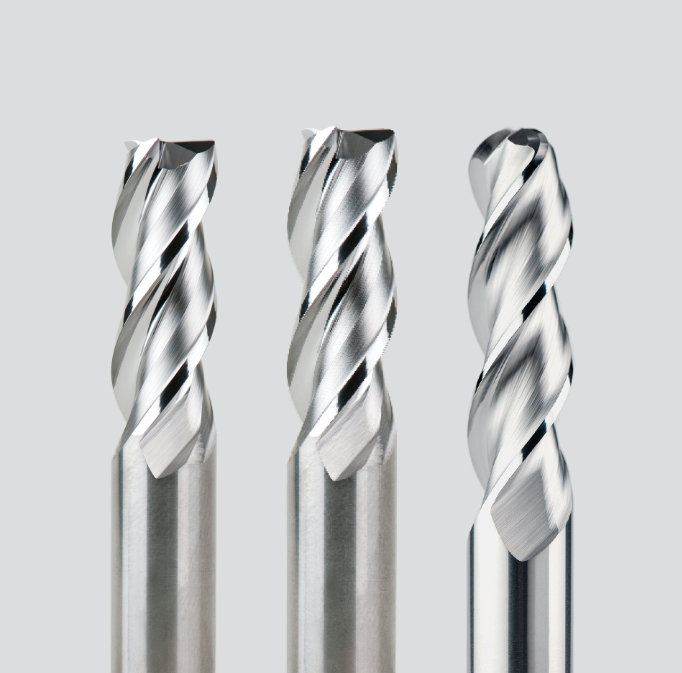
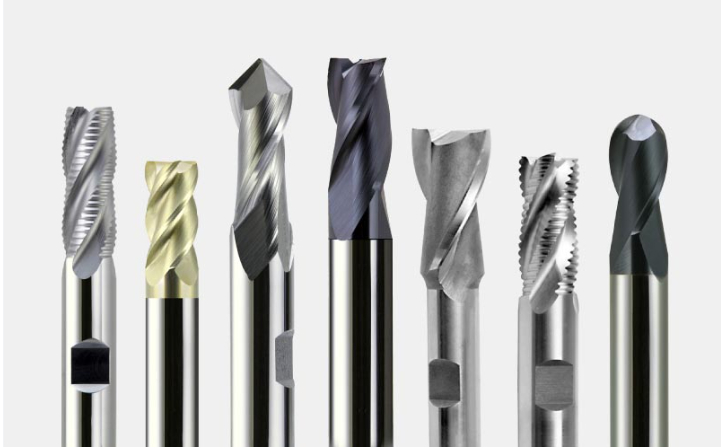
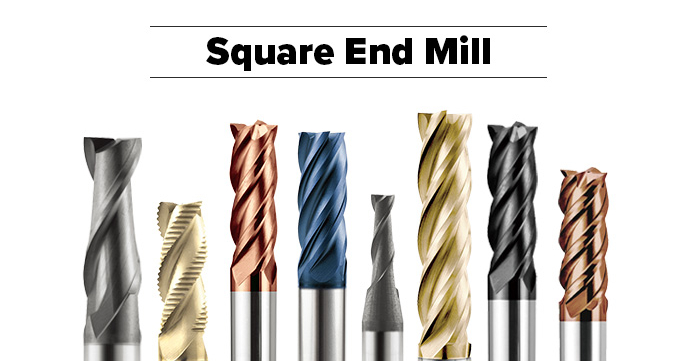
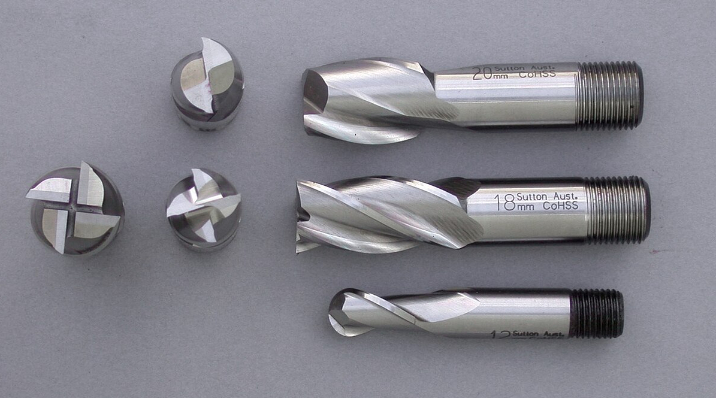

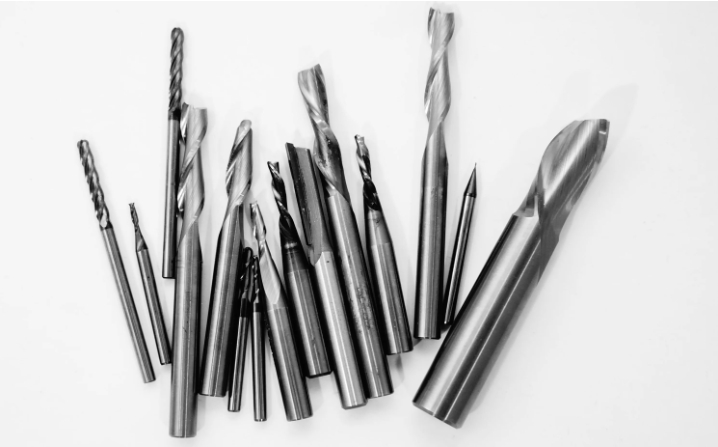
製造工程の流れ 超硬エンドミル
超硬エンドミルの製造には、いくつかの入念な工程があります:
- 粉体混合:タングステンカーバイドと他の元素をブレンド。
- コンパクション:混合物を好きな形に圧縮する。
- 焼結:高温処理で素材を融合。
- カッティングとシェイピング:未加工のブランクは、精密な形状に研磨される。
- コーティング (オプション):特殊コーティングを施し、性能を向上。
超硬エンドミルの材料特性
| プロパティ | 説明 |
|---|---|
| 硬度 | 非常に硬く、高応力下でも工具寿命が長い。 |
| 熱抵抗 | 激しい加工工程での高温に耐える。 |
| 耐摩耗性 | 耐久性に優れ、磨耗や破損が少ない。 |
| 強さ | 鋼やチタンのような強靭な材料を切断するための高い圧縮強度。 |
組成、特性、特徴
| コンポーネント | 役割 | 特徴 |
|---|---|---|
| 炭化タングステン | 主成分 | 硬度、耐摩耗性。 |
| コバルト・バインダー | タフネス増強剤 | 弾力性を高め、もろさを軽減する。 |
| チタン添加剤 | 熱安定性ブースター | 高速加工が可能。 |
硬度、強度、耐摩耗性
| メートル | 価値 | 意義 |
|---|---|---|
| 硬度(HRC) | 89-93 | ストレス下でもシャープなエッジを維持。 |
| 圧縮強度 | 3000MPa | 変形することなく重い荷重に耐える。 |
| 耐摩耗性 | 高い | 運転寿命を延ばし、交換の必要性を減らす。 |
仕様、サイズ、形状、規格
| 仕様 | 利用可能範囲 | 備考 |
|---|---|---|
| 直径 | 0.1 mm~20 mm | 繊細なディテールから重切削まで対応。 |
| 長さ | 20 mm~150 mm | 深さの条件によって異なる。 |
| シャンクタイプ | ストレート、テーパー | さまざまなマシンセットアップとの互換性を確保する。 |
| フルート・カウント | 1~12 | 材料と仕上げの要求に応じて調整。 |
正しい超硬エンドミルの選択
| 基準 | 考察 |
|---|---|
| カットする素材 | エンドミルの硬さを材料に合わせる。 |
| コーティング・タイプ | 熱はTiAlN、潤滑はDLC。 |
| フルート・デザイン | プラスチック用シングルフルート、スチール用マルチフルート。 |
| 切断速度 | スピードが上がると、コーティングされた工具が必要になる。 |
| 予算 | コストとパフォーマンスのバランス。 |
の利点と限界 超硬エンドミル
| メリット | 制限事項 |
|---|---|
| 優れた耐久性 | ハイス工具に比べてイニシャルコストが高い。 |
| 耐熱性と耐摩耗性 | 不適切な使用では脆くなる。 |
| 様々な用途に対応 | 研ぎには専用の器具が必要。 |

サプライヤーと価格詳細
| サプライヤー | 価格帯 | 主な特徴 |
|---|---|---|
| ケナメタル | $50 – $300 | 高品質なコーティング、多様なラインナップ。 |
| セコ・ツールズ | $60 – $400 | 航空宇宙と自動車に特化。 |
| サンドビック | $70 – $350 | 高速加工において卓越した性能を発揮。 |
よくあるご質問
| 質問 | 回答 |
|---|---|
| なぜハイス工具ではなく超硬工具を選ぶのか? | 超硬工具は長持ちし、高速回転に対応し、摩耗に強い。 |
| 木材に超硬エンドミルを使用できますか? | そうだね、でもやり過ぎだよ。ハイス工具は木材には問題なく使える。 |
| 高熱に最適なコーティングは? | TiAlNとAlCrNは、熱を多用する用途に優れている。 |
| コーティングされたエンドミルは価値がありますか? | 特に高速加工や研磨材加工には最適です。 |

